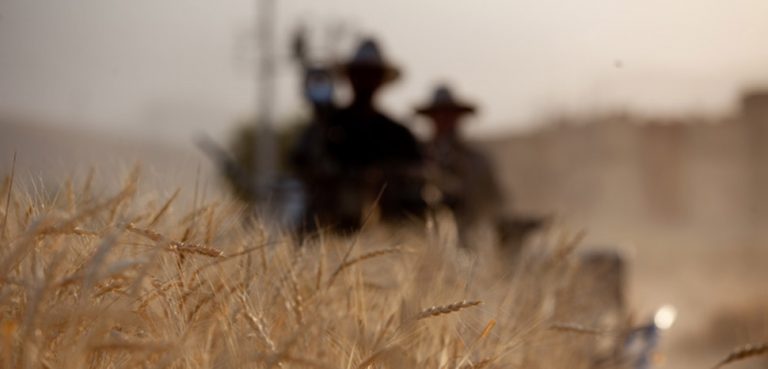The United Nations’ Food and Agricultural Organization (FAO) is sounding the alarm on locust swarms in Africa.
According to a recent FAO report:
The current situation remains extremely alarming in three main areas: (1) the Horn of Africa, [where] there is an unprecedented threat to food security and livelihoods…; (2) locust infestations continued to grow along both sides of the Red Sea…; and (3) in southwest Asia, heavy rains fell on the southern coast of Iran where swarms were laying eggs, which… could cause a considerable increase in locust numbers.
The threat posed by locusts is nothing new. With their ravenous appetite, explosive fecundity, and ability to travel long distances (up to 100 km in a day), locusts have been the bane of farmers for as long as humans have been planting seeds in the earth. New techniques and pesticides have made them less of a scourge in modern times. However, changing ecological patterns appear to be opening the door for a comeback.




